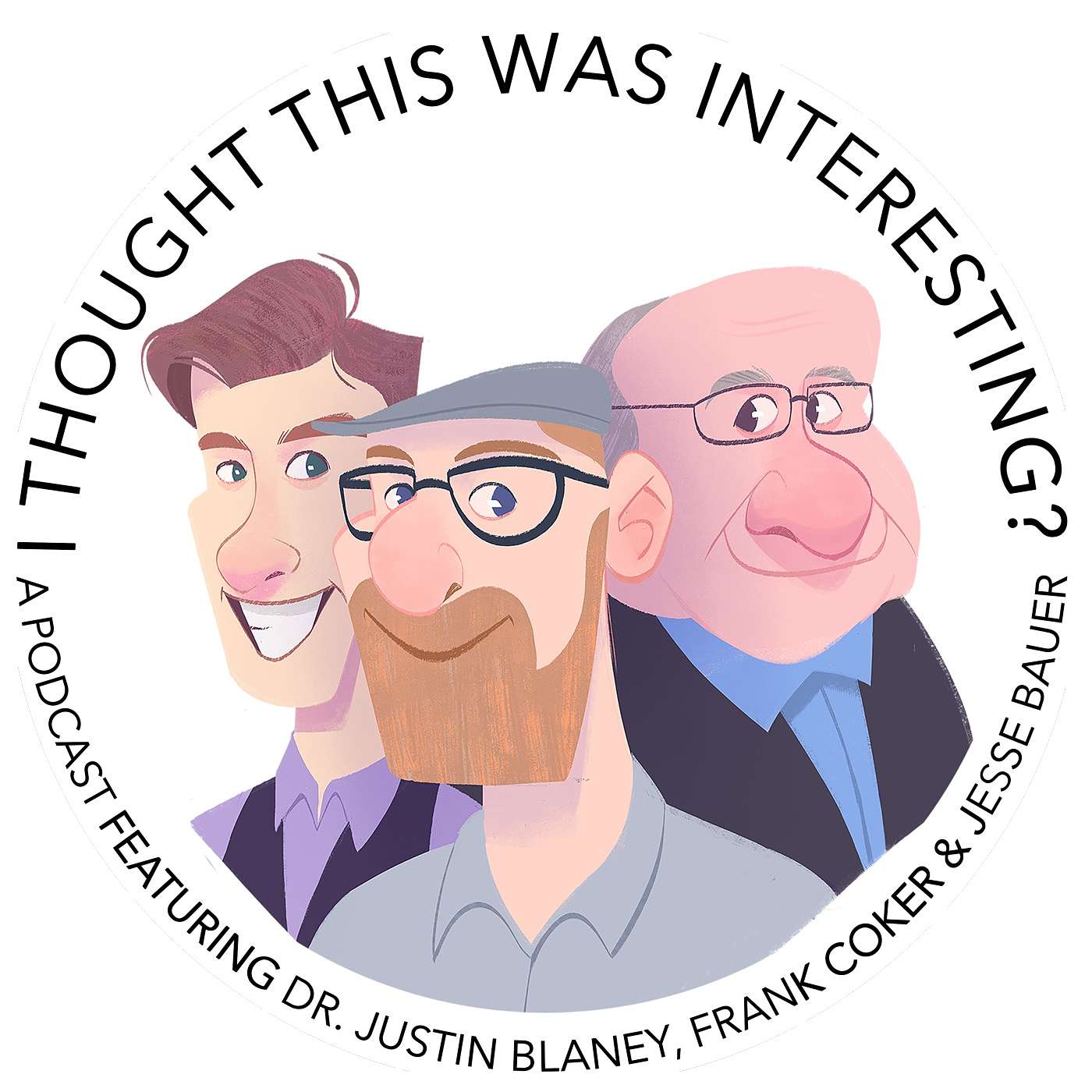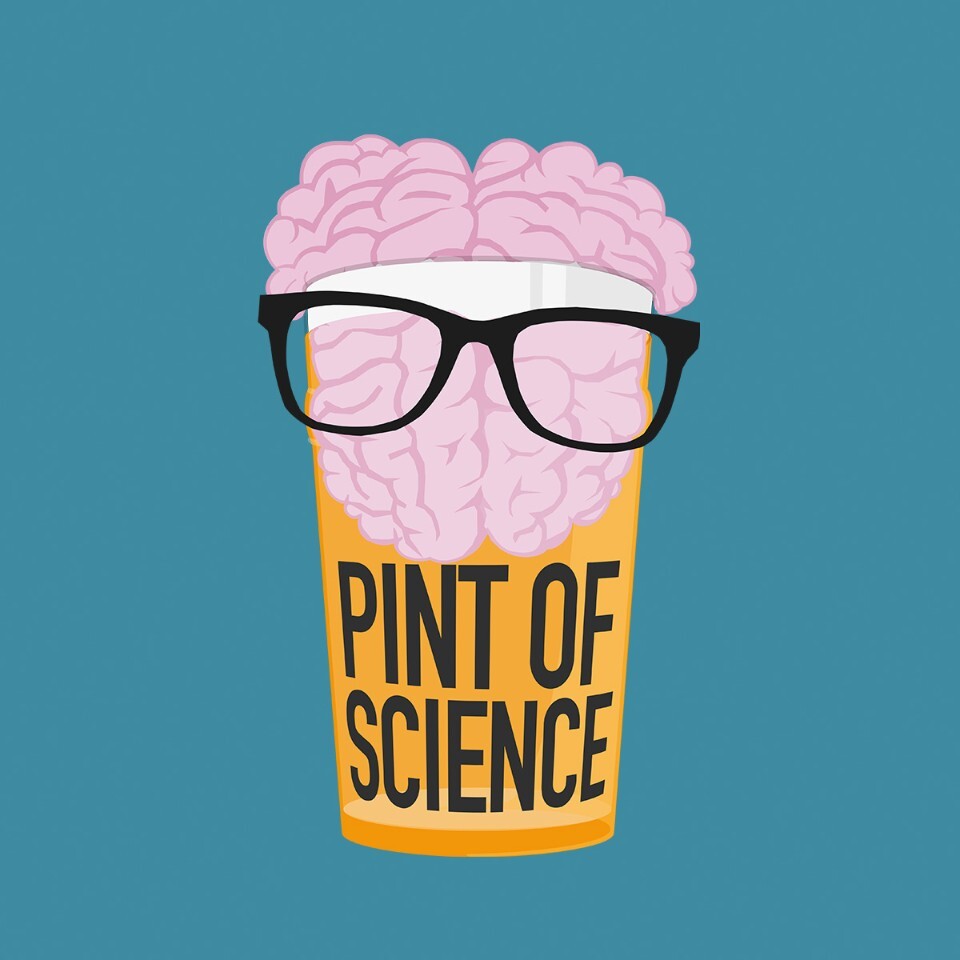 |
Palaeo After DarkAuthor: James Lamsdell, Amanda Falk, and Curtis Congreve
A group of scientists have biweekly informal discussions about evolutionary biology and palaeontology... over beer. Language: en Genres: Natural Sciences, Science Contact email: Get it Feed URL: Get it iTunes ID: Get it |
Listen Now...
Podcast 322 - Obligatory Dinosaur Podcast 3: Dino With a Vengeance
Sunday, 30 November, 2025
The gang discusses two papers that are about dinosaurs, and that is all that connects them! The first paper investigates community structure during the Cretaceous, and the second paper describes a well preserved "mummy" of a duck-billed dinosaur. Meanwhile, Amanda is doing well (really she is now), Curt makes an awkward segue, and James has not seen Tremors. Up-Goer Five (Curt Edition): The friends talk about two papers about big angry animals from a long time ago. The first paper looks at how many types of big angry animals were in a place before something bad happened and all the big angry animals died. Lots of people have said that the big angry animals might have been in trouble before the bad thing happen, and lots of other people say that they were probably not in trouble but we just don't have a lot of places that have the big angry animals in them for us to look and see what is happening at that time. This paper looks at a place and shows that it was during the time we want to see and that the types of animals in a place were a lot like the types of animals in a place before, so that means that it does not look like these big angry animals were having a bad time before the bad thing happened. The second paper looks at soft parts of a big angry animal that was dried out so that you can see skin and other bits under the skin. This lets the people find out what the feet look like for this animal, and other bits about how it moved. References: Flynn, Andrew G., et al. "Late-surviving New Mexican dinosaurs illuminate high end-Cretaceous diversity and provinciality." Science 390.6771 (2025): 400-404. Sereno, Paul C., et al. "Duck-billed dinosaur fleshy midline and hooves reveal terrestrial clay-template "mummification"." Science (2025).







